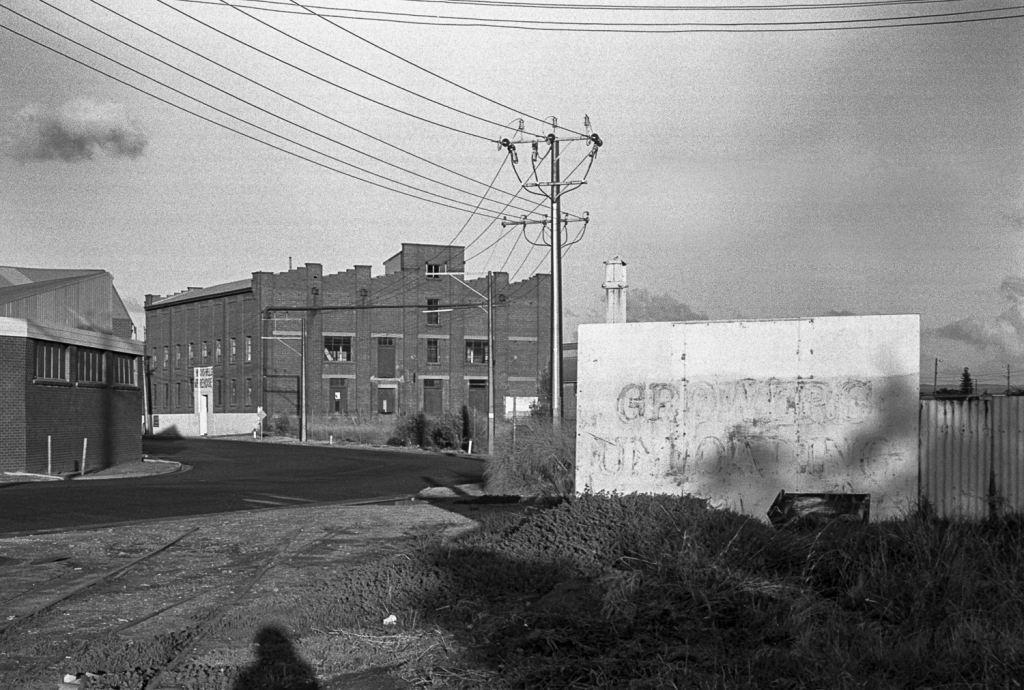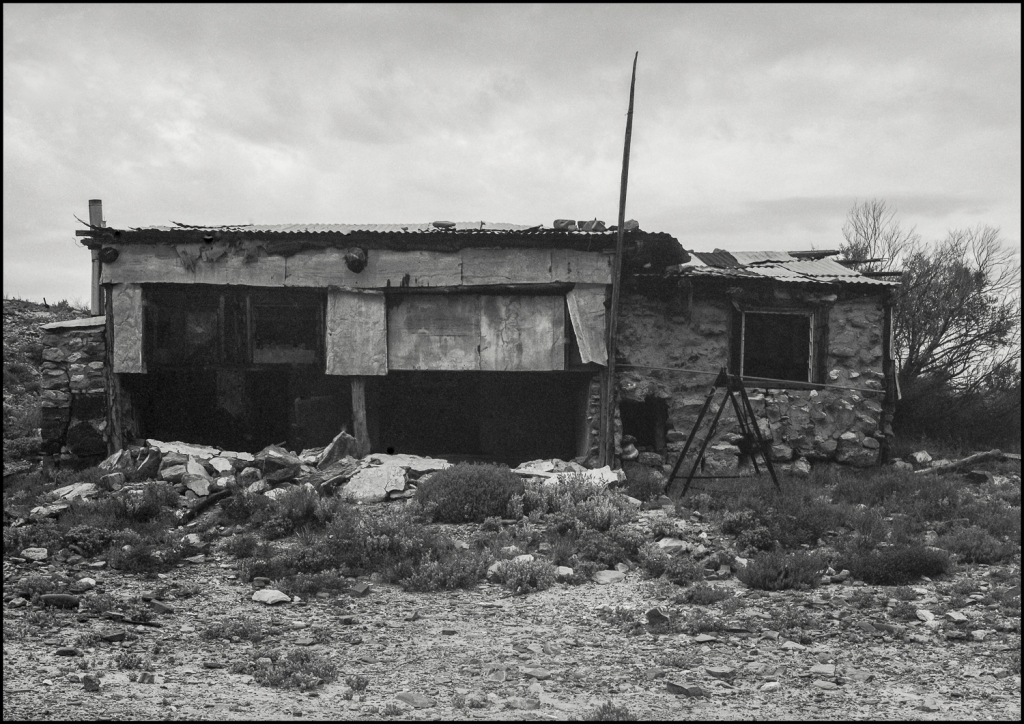I recently dug out some photos in the b+w archives from some photo trips that I made between the eastern Mt Lofty Ranges and the Murray Plains in the 1980s. I started remembering these old road trips in this part of the mid-north of South Australia –eg., Sedan, Cambrai and the Marne River— when I briefly revisited the area in 2019 and then when I explored it more throughly in 2020 whilst I was at the Lavender Trail Kapunda camp.
These photos appear to be related to, or an extension of, this roadtrip. They were possibly made around the same time or more than likely, just after that roadtrip to the Mt Lofty Ranges. I cannot quite remember. From what I can recall these are photos made on a day trip from Adelaide, as I don’t remember sleeping in the Kombi overnight on the roadtrips in the eastern Mt Lofty Ranges.
On the 1980s road trip I travelled along the Eudunda Rd, which runs parallel to the Mt Lofty Ranges between Truro and Eudunda through agricultural land. This area has a number of farm ruins which caught my eye. Ruins, including the old railway line to Cambrai and Sedan, are what initially stands out when travelling though this region for the first time.









